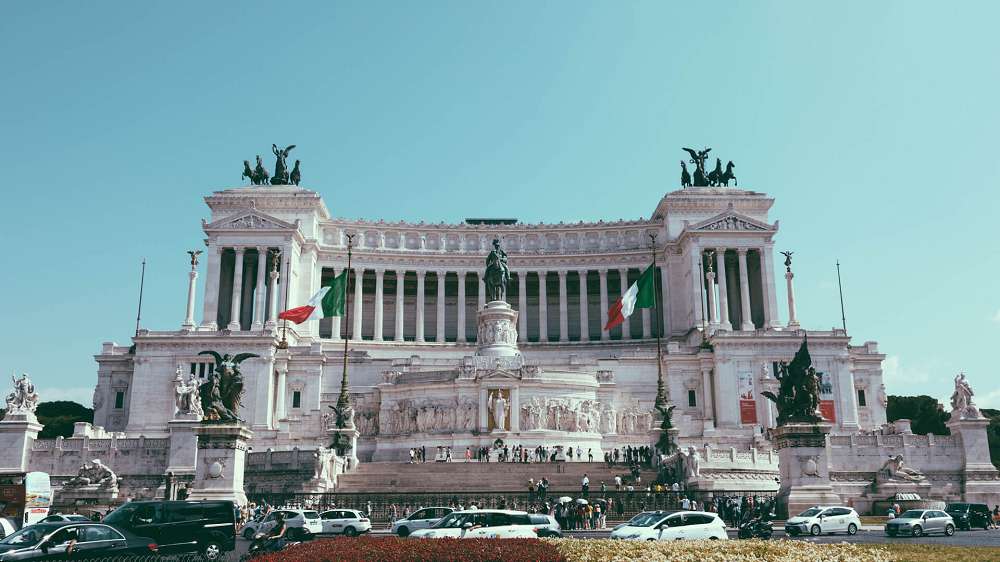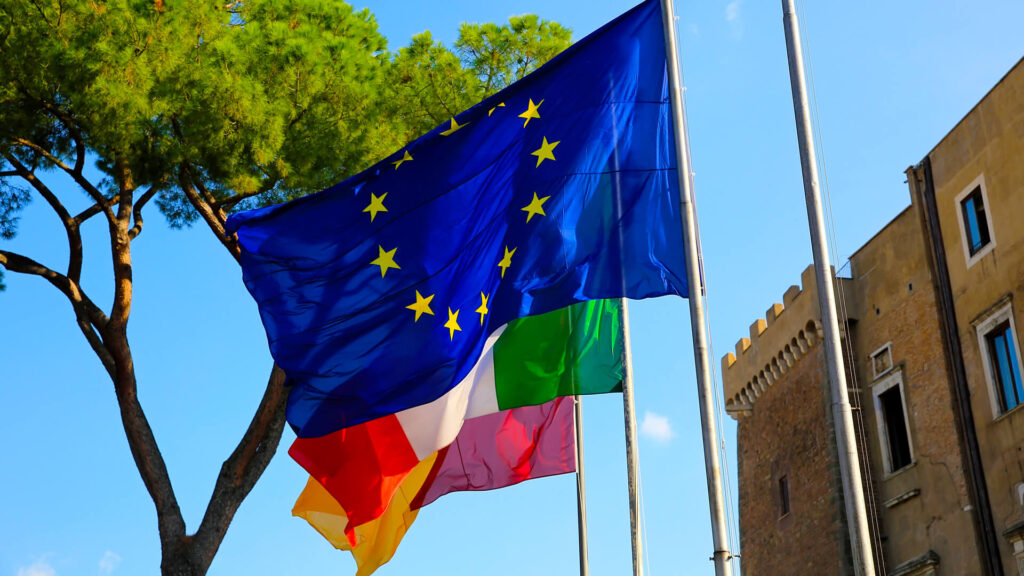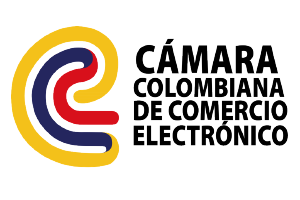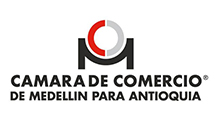Italian citizenship is based on the principle of “ius sanguinis” or right of blood, therefore, it is possible to acquire Italian citizenship through one’s Italian ancestry.
It should be recalled that Italy recognizes the right to hold several citizenships at the same time, which means that it is possible to have Italian nationality without having to renounce Colombian nationality.
Today we will discuss how to acquire Italian citizenship by descent through administrative channels (through a consulate).
Advantages of obtaining Italian citizenship by descent
- Right to vote in elections.
- You will be able to live, work and study in all countries of the European Union.
- You will have access to scholarships for Italian citizens and access to free basic education.
- Visa-free entry to countries such as the United States, Canada or Dubai.
The essential requirement for the recognition of Italian citizenship is to prove to be a descendant of an Italian who, through the paternal line, died after March 17, 1861 and whose descendants have never lost or renounced Italian citizenship (This date is given because it is the date on which the Parliament of Turin proclaimed the birth of the Kingdom of Italy).
However, if the Commune of origin was annexed to the Kingdom of Italy after that date, the ancestor born in Italy must have died after the annexation of the Commune of origin to the Kingdom of Italy.
If your ancestor was naturalized in Colombia, the ancestor would have lost the Italian nationality, so it could not be transmitted to the applicant, but there is an exception, which is that the date of naturalization of your ancestor was after the birth of your child, so it would have been transferred to your offspring before losing it.
In order to submit the application for Italian nationality by descent, it is necessary to obtain the original of the birth certificate or “Estratto dell’atto di nascita” of the Italian ancestor who migrated to Colombia and this document must be requested by the interested party by ordinary or electronic mail or in person at the Italian “Comune” of birth of the ancestor or by requesting it through an attorney-in-fact.
The list of the Mayors’ offices is available at the following link. If the ancestor was born before the institution of the Italian Civil Registry, or it was not possible to obtain it, it is possible to present the Baptismal Certificate issued by the Parish, legalized by the competent “Curia Vescovile” and then by the Italian Prefecture.
Relevant documentation to apply for Italian citizenship by ancestry
#1 Below, we will specify all the documentation you need to submit in your application for Italian citizenship by descent:
- Birth certificate of the Italian ancestor issued by the Mayor’s Office (or by the Parish);
- Birth and death records in original, with apostilles and translations, of all the descendants in direct line that result in the genealogical tree that must be duly filled out by the interested party;
- Marriage record in original, with apostille and translation if not celebrated in Italy, of the Italian ancestor who emigrated abroad;
- Marriage (and eventual divorce) records in original, with apostille and translation, of lineal descendants, including records of the parents of the person applying for citizenship. In the case in which some ancestors have not married, it is necessary that the birth registry of the child of these two has the signature of the paternal recognition and that there is a document with which the mother accepts the paternal recognition. If this document is missing, the chain of transmission of citizenship is broken and it will not be possible to recognize the applicant’s Italian citizenship;
- Copy of the applicant’s spouse’s citizenship card (if any);
- Certificate issued by the Chancellery of Colombia (or the country to which he/she emigrated) stating that the Italian ancestor has not renounced Italian citizenship;
- Receipt of payment in original of the consular fees in the amount in pesos according to art. 7B of the consular fee schedule and payment instructions, which will not be refunded in the event that the documentation is not complete or in the event that the applicant is not entitled to recognition of Italian citizenship;
- If information that does not match was recorded in the documentation, it is necessary to rectify it with the competent authorities and attach it together with the originals;
- If the descendants were not born or married in Colombia or Italy, they must present the original records of the respective countries, translated into Italian, apostilled and legalized by the Italian Embassy or Consulate present in the country where these documents were issued.
Example:
– Italian birth certificate of great-grandfather, born December 15, 1892.
Marriage certificate.
Final naturalization documents
Death Certificate
– Grandfather’s birth certificate, born January 10, 1919
Marriage certificate
Death Certificate
– Mother’s birth certificate, born on April 14, 1947
Marriage certificate
– Birth certificate of the applicant, born on August 14, 1988


In this case we may find that the applicant has the relevant documentation and also his situation allows him to qualify for Italian nationality by descent or Iure Sanguinis, but what happens if discrepancies are found in the documentation? Discrepancies generally fall into three categories:
Underweight discrepancies
Normally, they are not a problem and are not an obstacle to the success of your application. In most cases, no action is necessary. An example of these could be direct translations of names such as Anniballe to Hannibal, Vincenzo to Vincent or Domenico to Dominic.
Minor discrepancies
These are for example typographical errors, minor discrepancies may not be a problem or can be easily corrected through the same entity that issued the inconsistent documents in question. These inconsistencies may include slight variations in surnames, parents’ names on birth records, or inconsistencies in dates.
One situation that may occur is that your ancestor indicated a different date of birth in his naturalization records, when these records show his exact place of birth, an Italian consulate may accept a document from the Italian municipality indicating that there is no other person born with the same name in the country, same town on a different date.
Main discrepancies
For any ancestors in your direct family line linking you to Italy who may have unofficially changed their name or surname, you may be required to show documentation connecting your birth name to your adopted or chosen name. When such documentation is not available, you may need to correct and modify inconsistent records, the complexity of which may vary from case to case.
Due to the difficulty of the process, it is advisable to be accompanied by a lawyer, but currently, this type of procedures are not received at the Italian Embassy in Bogota, due to the health crisis generated by Covid 19. So far, the embassy has not provided information on when the appointments will be reactivated.
Cybergraphy
Official website of the Italian Embassy in Bogota (2022): https://ambbogota.esteri.it/ambasciata_bogota/es/informazioni_e_servizi/servizi_consolari/cittadinanza



